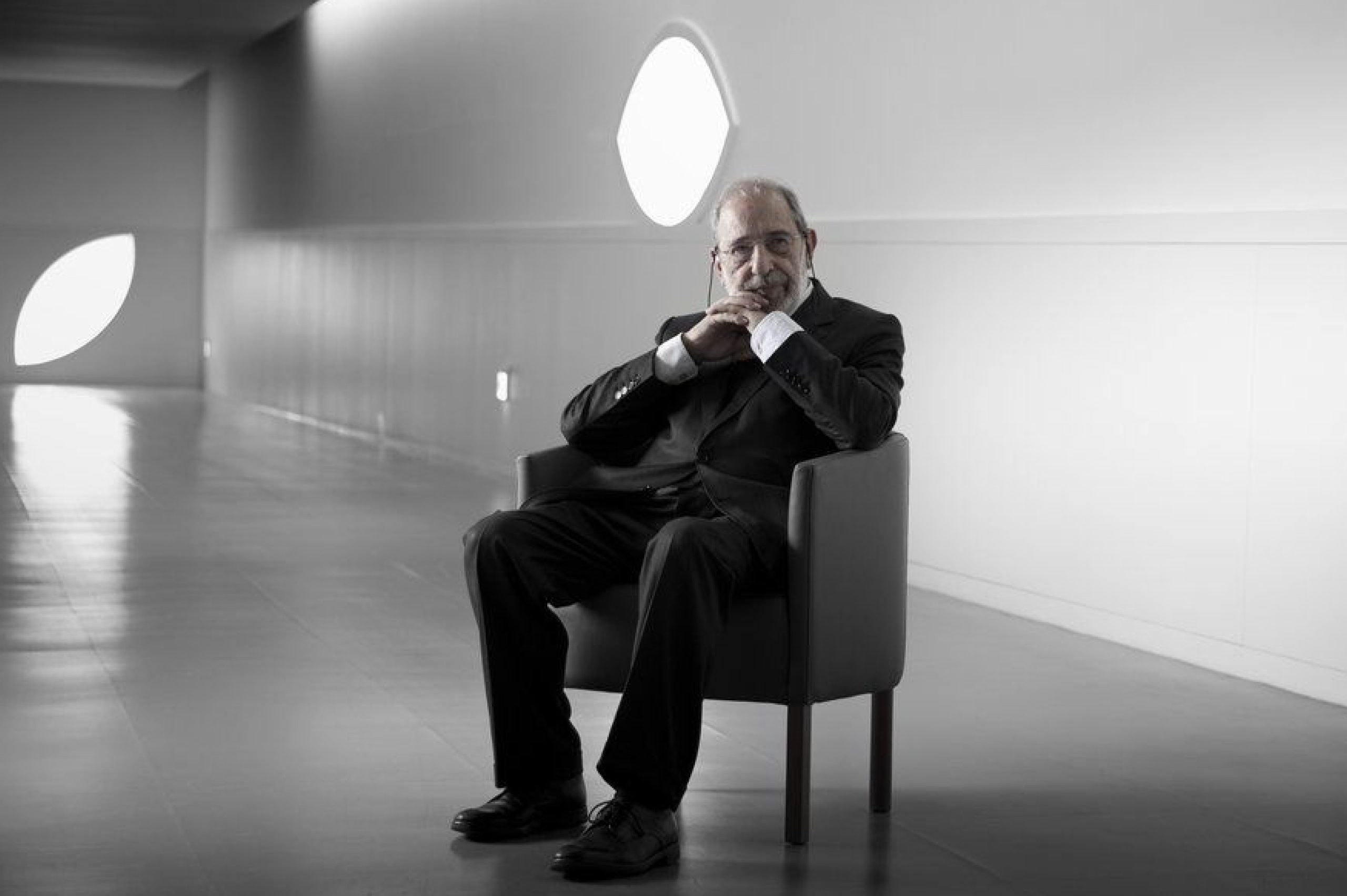Last Sunday marked the 90th anniversary of the renowned architect Álvaro Siza Vieira, a figure deeply embedded in both modern international architecture and Portuguese culture. Throughout his illustrious career, Siza Vieira has left an indelible mark on the world of architecture, showcasing his refined style of Portuguese modernism. As a tribute to his exceptional talent, we have handpicked some of his best projects that exemplify his unique architectural vision.
1. Boa Nova Tea House
Situated in Leça da Palmeira, the Boa Nova Tea House stands as Siza Vieira’s most famous work in Northern Portugal. This architectural masterpiece seamlessly integrates with its natural surroundings, showcasing Siza Vieira’s ability to harmonize built structures with their environments. The Tea House is elevated on a visible concrete base, offering expansive windows that provide an immersive connection between the interior and the outside world. This design choice effectively evokes a sensation of being nestled among the rocks, allowing visitors to marvel at the surrounding scenery from a serene vantage point. The result is a transcendent and contemplative ambience, where one can enjoy an almost ethereal experience.
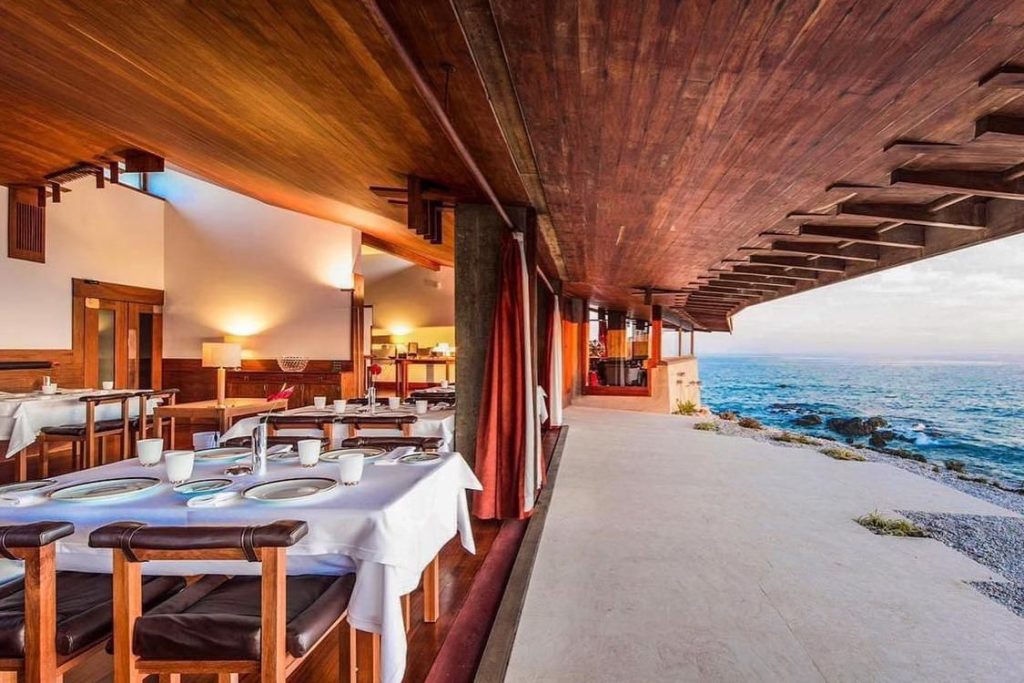
boa nova tea house | alvaro siza
2. Serralves Museum of Contemporary Art
The Serralves Museum of Contemporary Art project commenced in 1991 and exemplifies Siza Vieira’s expertise in integrating new elements into existing spaces. With its distinct identity and order, the museum’s design complements the surrounding environment, demonstrating the architect’s thoughtful approach to architectural integration. This iconic museum stands as a testament to Siza Vieira’s ability to create spaces that engage with contemporary art while respecting their historical context.
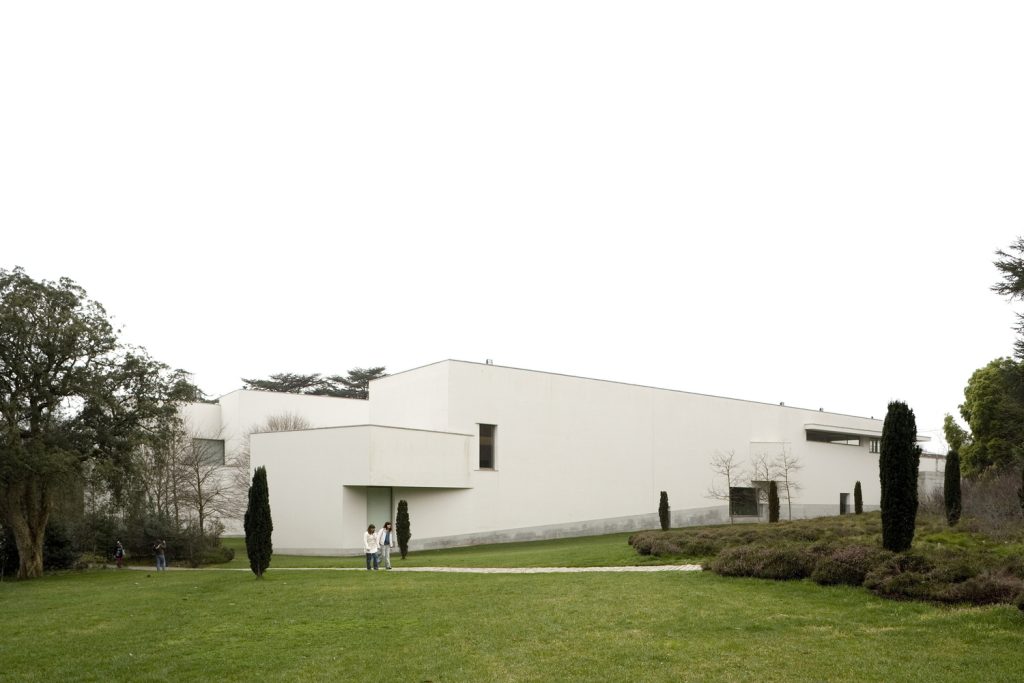
Serralves Museum of Contemporary Art | © Álvaro Siza | Fernando Guerra | FG+SG
3. Piscinas das Marés (Tidal Swimming Pool)
Near to the Boa Nova Tea House, the Piscinas das Marés (Tidal Pools) beautifully blend into their maritime habitat. This project showcases Siza Vieira’s skill in creating functional structures that blend seamlessly with their natural surroundings. The design of the pools reflects Siza Vieira’s sensitivity to the environment and his ability to create spaces that enhance the overall visitor experience. The Piscina das Marés project by Álvaro Siza offers a unique experience that is akin to immersing oneself in the ocean without actually being in the water. It is akin to swimming amidst the rocks, yet not entirely submerged among them.
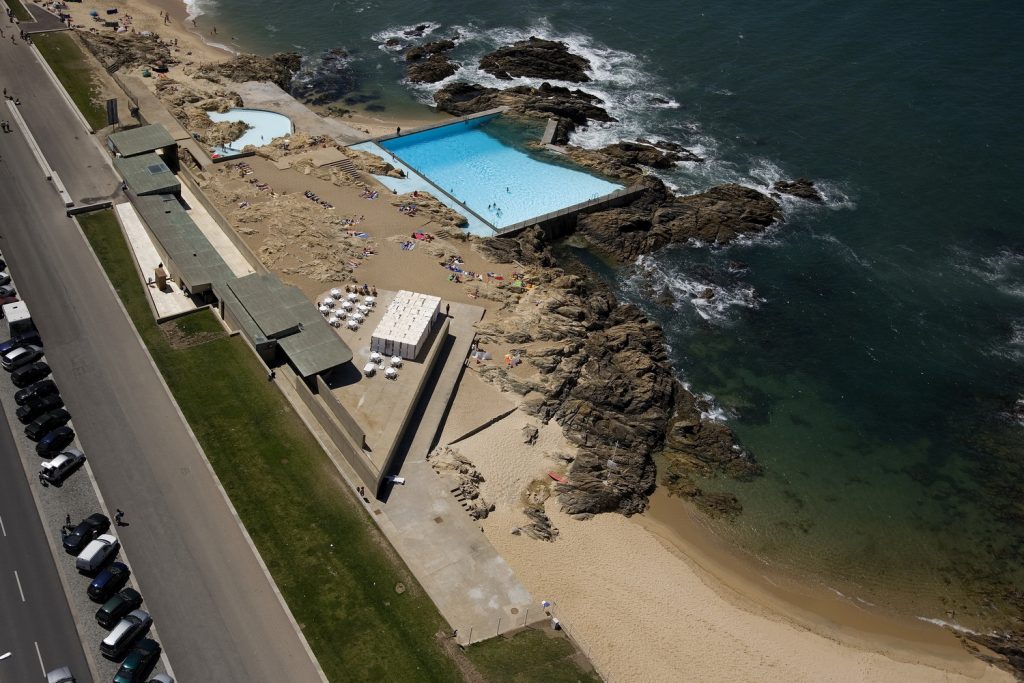
piscinas das marés | tidal swimming pool | Alvaro siza | © Fernando Guerra | FG+SG
4. Expo'98 Portuguese National Pavilion
The Expo’98 Portuguese National Pavilion is a striking example of Siza Vieira’s architectural prowess. The structure’s graceful harmony between its formwork and architectural design demonstrates his ability to create visually captivating spaces. Siza Vieira’s innovative approach to design is evident in the pavilion’s ability to captivate visitors while providing a functional and engaging exhibition space.
Read also - 5 Exquisite Residential Projects for Your Ultimate Summer Getaway
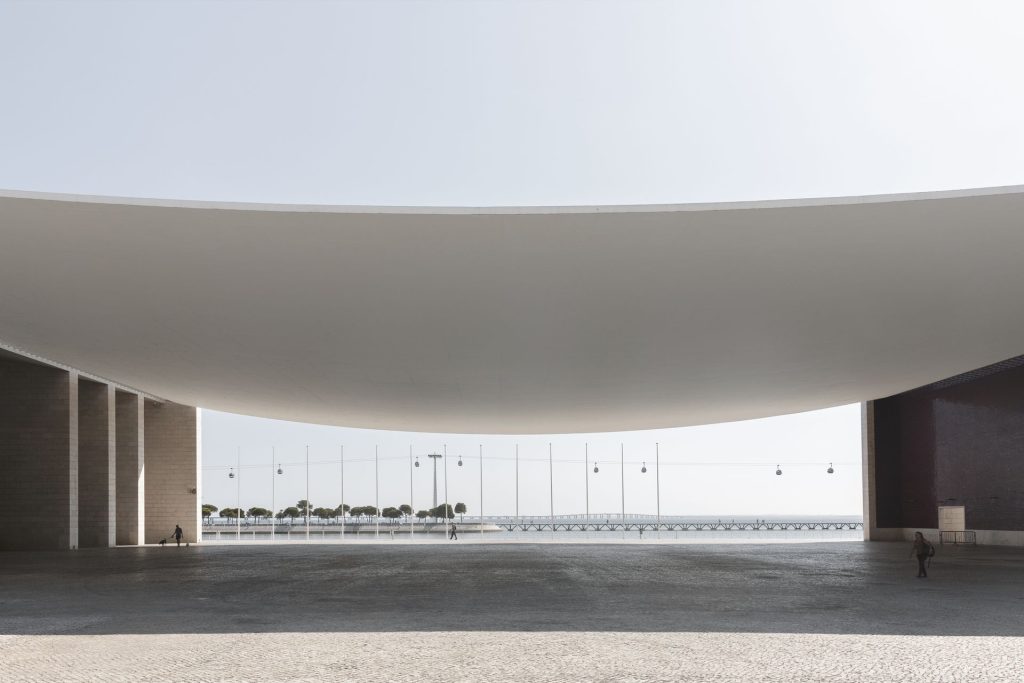
Expo'98 Portuguese National Pavilion | Álvaro Siza | © Fernando Guerra | FG+SG
5. Iberê Camargo Foundation
At the Iberê Camargo Foundation in Brazil, Siza Vieira employs a combination of compressions, decompressions, volumes, voids, and light to create a dynamic architectural experience. The foundation’s design not only provides functional spaces but also guides visitors along paths that reveal unique perspectives and mark the passage of time. Siza Vieira’s ability to manipulate architectural elements creates an immersive and contemplative environment.
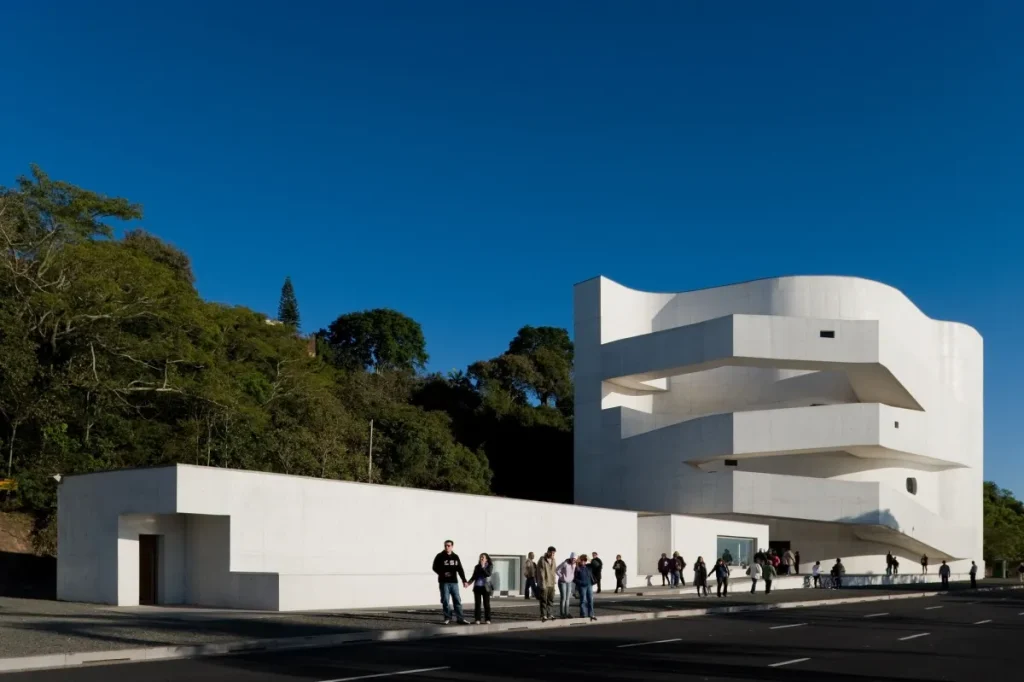
Iberê Camargo Foundation | Álvaro Siza | © Fernando Guerra | FG+SG
